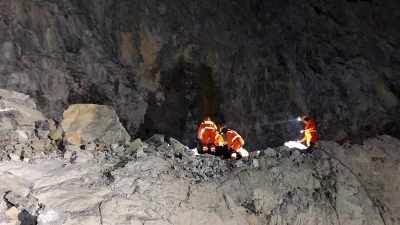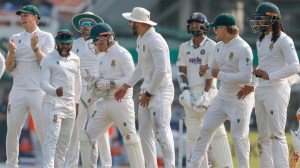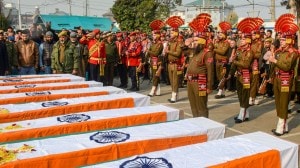Budget: Mamata speeds up on populism,brakes on reforms
Acute finance crunch is unlikely to deter Didi from making a slew of announcements.
Irrespective of the financial abyss it now finds itself in,the Railways looks all set to dole out populism,and not the much needed reform,when Railways Minister Mamata Banerjee rises to present this years Budget in the Lok Sabha on Friday.
In an election year in her home-state West Bengal,it would probably take a miracle for Banerjee to deviate from the tried-and-tested path of presenting a no fare hike budget. Instead,the acute finance crunch is not likely to deter Didi from making a slew of announcements relating to new lines,doublings,electrification,and new trains. With little in its coffers,many of these projects are likely to make their way into the list of 400-plus projects that are lying pending for years.
With politics likely to drive Banerjees decision making in what is being touted as a people-friendly budget,reform is set to be the casualty once again this Rail Budget.
Transporting over two crore passengers daily,the Railways now finds itself in a situation where decades of cross-subsidisation of fares has meant that its passenger operations have turned into a loss-making venture. The Railways lost a whopping Rs 48,000 crore between 2003-04 and 2008-09 on passenger business. The losses were close to Rs 14,000 crore in 2008-09.
The reason why
While passenger services consume nearly 60 percent of their network capacity,they contribute only 33 percent in the traffic earnings. In 2001,Railways used to spend 38 paise per passenger km to earn a revenue of 23 paise per passenger km. In 2008,the expenditure rose to 39 paise per passenger km and the revenues rose to 25 paise per passenger km. Still,the yawning gap between the expenditure and the revenues has meant that passenger operations have been in the red for a while now.
Further,while Indian Railways spend around Rs 551 to haul a passenger train over a distance of one km,their earnings from the same is around Rs 412. Simply put,Railways incur a net loss of Rs 139 on working a passenger train for one kilometer.
As per the Planning Commission,the passenger fare to freight ratio (ratio of tariff per passenger km to cost per tonne km) in India is 0.3:1 as against 1.3:1 in China,1.5:1 in Germany and 1.9:1 in Japan. Simply put,passenger fares worldwide are higher than freight rates. Indian Railways,however,overcharge in the freight segment to compensate for the low passenger fares.
Since the tracks are common for both freight and slow moving passenger trains,Railways have been finding it difficult to run faster passenger rains. Also,despite freight being the bread-earner for Railways,passenger traffic is given priority.
Introduction of new passenger trains each year (over 350 pairs of new trains have been introduced since 2004-05) on some of the major trunk routes has direct bearing on freight train movement.
As per railways own estimates,the average speed of freight trains in 2008-09 was only 25.7 kmph,not to mention that these trains,since they have to give way to passenger trains all the time,run without a time-table.
With low-cost carriers biting into its long-distance market share and luxury buses eating into its short to medium distance travel segment,Railways hold on the upper-class passenger segment not only finds itself on a slippery ground but is also forcing it not to increase upper class fares in a bid to remain competitive.



- 01
- 02
- 03
- 04
- 05




























